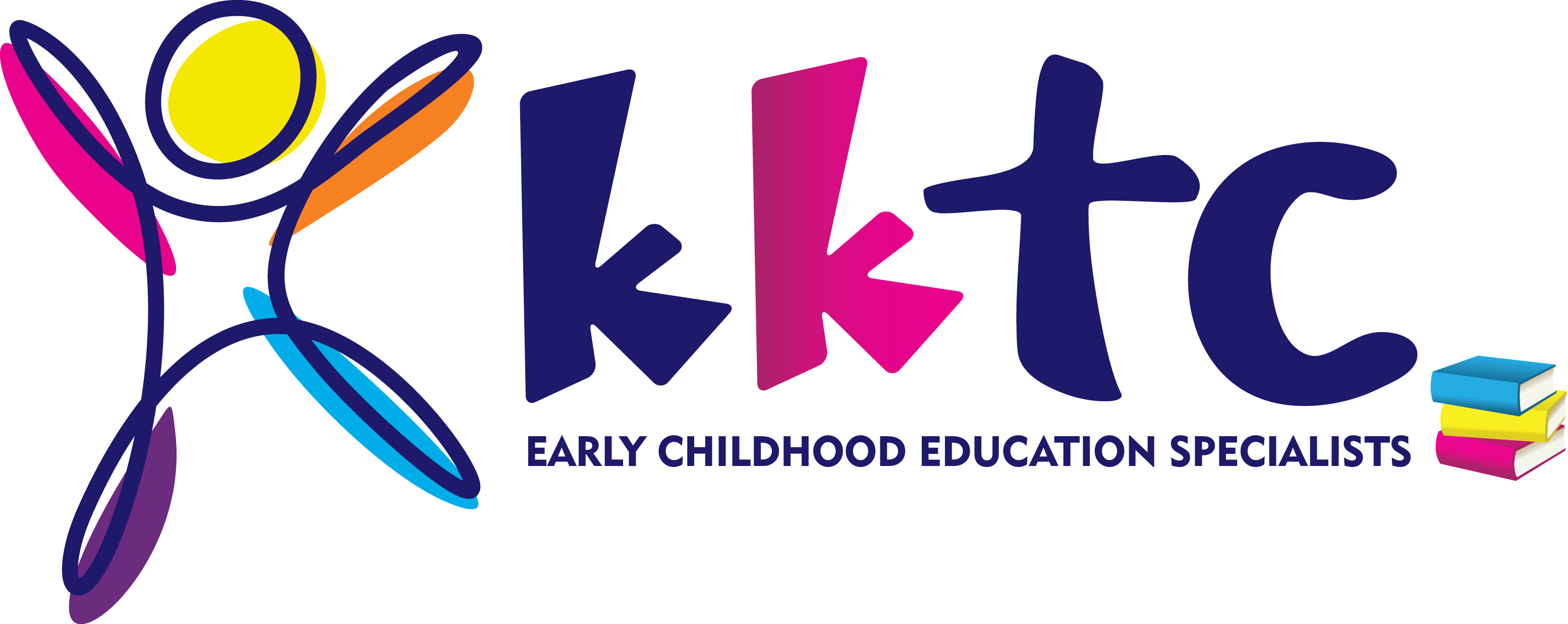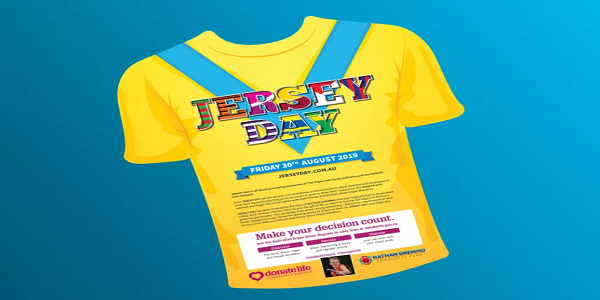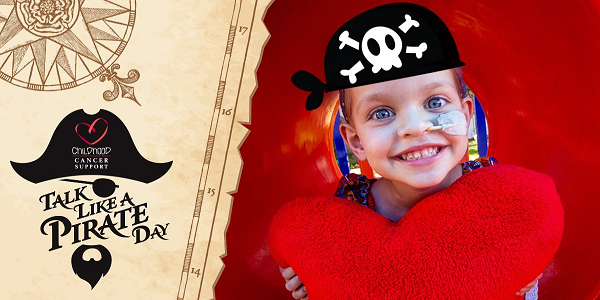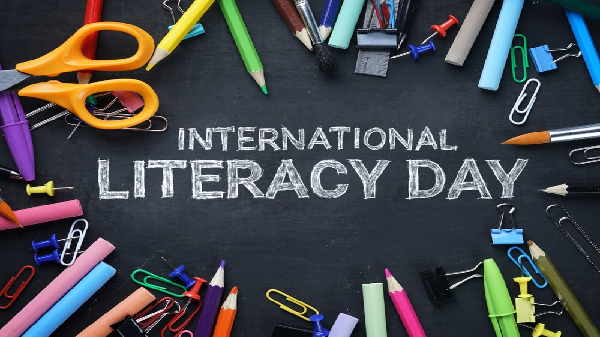

Sastra is the proud winner in the outstanding professional services category at the 2020 Cumberland Local Business Awards.
Sastra provides accounting, bookkeeping, BAS, taxation, payroll, business consulting, software consulting, CFO services, management accounting and business start-up assistance to small-to-medium businesses, charities, sporting and recreational clubs, community service organisations, professional and business associations, cultural and social societies at our clients’ offices or at our office, depending on the client’s requirements and preferences.
While we assist our clients in ensuring their compliance requirements are met on time, we go beyond compliance and provide financial and business information to assist in business decision making and growth plans.
Our experience in combining accounting, technology and business process consulting, working with a wide range of clients in diverse industries and geographies, help us in enabling our clients to achieve sustained growth.
We understand the complexity of compliance requirements for not-for-profit organisations. We take care of your accounting functions, so you can focus on making the communities better places.

We use a number of cloud software including Xero, MYOB, QuickBooks Online, Deputy, Tanda, Spotlight and Futrli to empower our clients to make correct decisions using up to date information while achieving exceptional process efficiencies.

We love to learn about your organisations. Contact us for no obligation discussion
to determine if our services can help you with your organisation needs.
Contact us
 1300 727 872 | 1300 SASTRA
1300 727 872 | 1300 SASTRA
 info@sastra.com.au
info@sastra.com.au
 www.sastra.com.au
www.sastra.com.au
 Linkedin/Sastraptyltd
Linkedin/Sastraptyltd
 C1 Richmond Road, HOMEBUSH WEST NSW 2140
C1 Richmond Road, HOMEBUSH WEST NSW 2140















